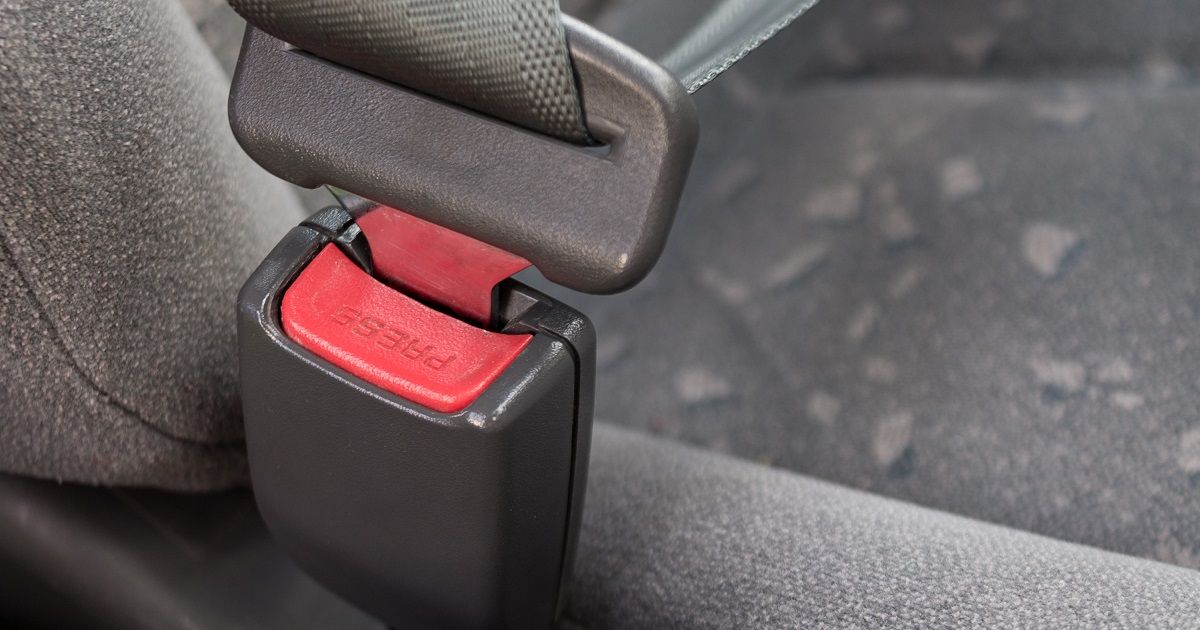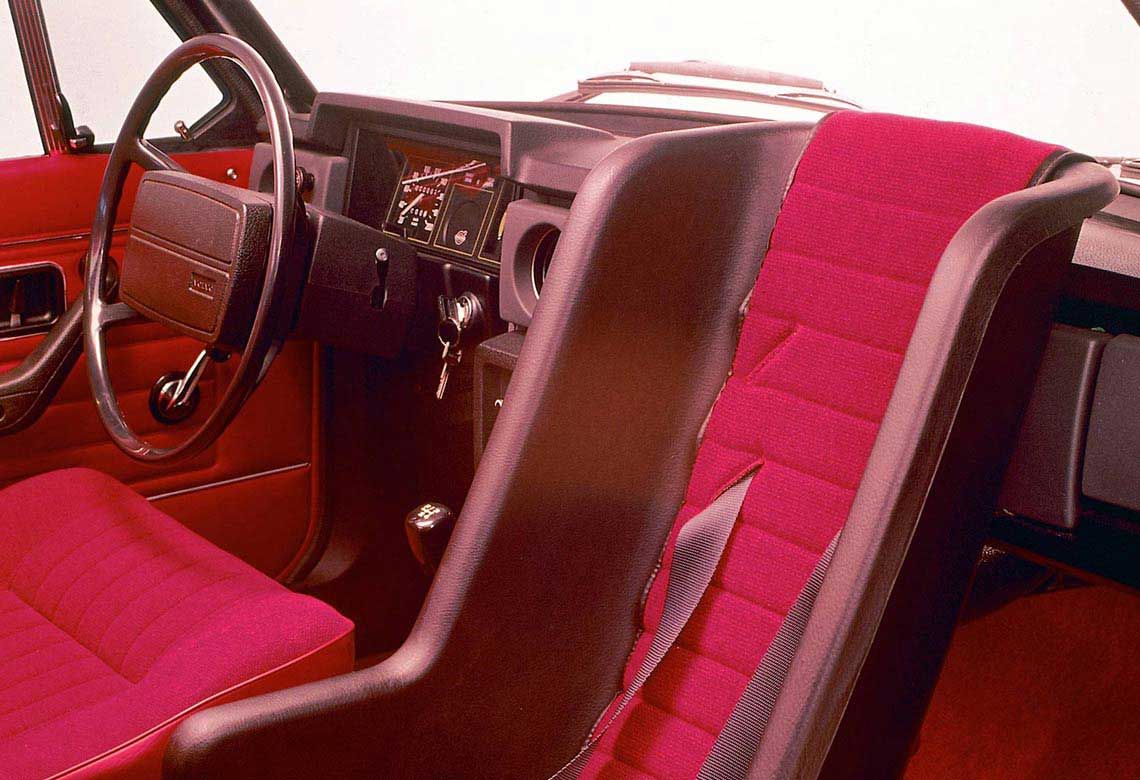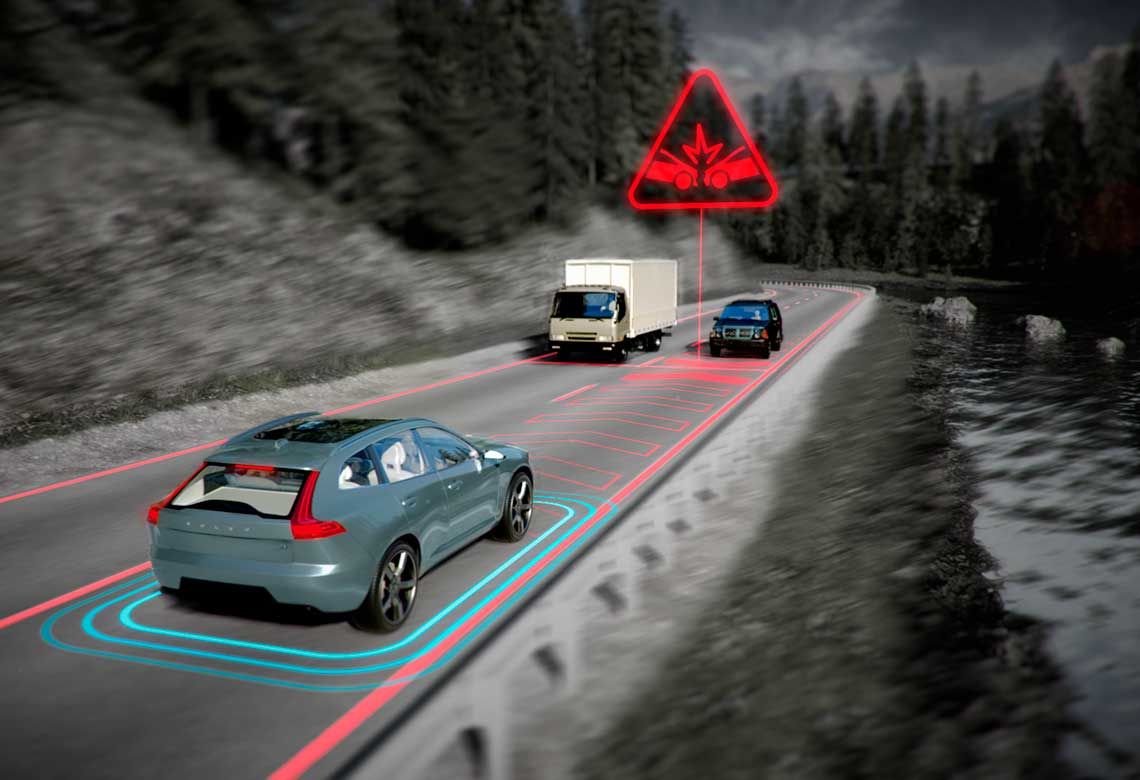One of the greatest safety inventions of the 20th century was the three-point seatbelt. Many people may not realize that the inventor was a Volvo engineer. In 1959, Nils Bohlin brought this feature into being and it remains a highly effective means of protecting drivers and passengers alike in car crashes.
Notably, Volvo waived the patent rights ensuring that more automakers had access to seatbelts without any financial constraints. This simple safety feature has saved countless lives (in fact, estimates suggest about one million since its invention), and yet it's not the only safety feature we have Volvo to thank for.
Let's take a closer look at some additional Volvo safety innovations from the 20th and 21st centuries.
Volvo Safety Developments Of The 1970s To 1990s
More than a decade after Volvo brought us the three-point seatbelt, the company invented the rearward-facing child seat. This seat was designed to minimize the risk of injury; it was based on the similar technology employed by NASA that had been used to allow astronauts to spread out the force on their bodies.
In the late '70s, the Swedish carmaker introduced the first belt-positioning booster seat. This allowed kids from 4 years and up to travel while facing forward; this made their journey safer and more comfortable while also putting their parents or guardians more at ease.
Twelve years later, at the turn of the 1990s, Volvo invented the first built-in booster cushion; this was another important step for keeping kids safe in the event of a car crash.
Later in the 1990s, Volvo came up with the Side Impact Protection System. With a tough structure and energy-absorbing-matierials within, it could reinforce the strength of the car's seats and introduced a cross-member to the interior of the vehicle's floor. In '94, the carmaker added side-impact airbags.
Volvo then introduced a Whiplash Protection Systems or WHIPs and an inflatable curtain in the late 1990s. WHIPS offers support and can absorb energy in rear-end impacts with a head restraint and an intelligent seat design. The use of such a system can reduce the chance of long-lasting medical issues in half.
The 21st Century
Into the noughties and Volvo introduced rollover protection; this involved their SUVs receiving enhanced stability using an advanced electronic roll stability control system as the body design/structure being better preserved should a rollover incident occur.
In addition, Volvo added a unique Blind Spot Information System (BLIS) to their vehicles from 2003. This system employs radars and cameras that can set off a warning light to alert the driver to a situation if necessary. 2008 saw the brand launch a City Safety system which came with automated emergency braking.
The past decade has seen more key inventions than any other ten-year period in Volvo's history. In 2010, they developed pedestrian detection that came with a full auto brake. In 2014, Volvo launched run-off road protection. They had pioneered the testing of road departure crashes, so this innovation was an intelligent and logical development for the company.
As technology progressed, Volvo established connected safety for their cars. These innovations, namely Hazard Light Alert and Slippery Road Alert employ the cloud to share key data between cars, thus bringing safety into the 21st century. 2018 saw the automaker add oncoming mitigation by braking. This system helps to reduce a car's speed before striking another vehicle.



